Waste Management Symposia 2024
Scientists from Pacific Northwest National Laboratory will join peers from around the world at Waste Management Symposia 2024, a premier international conference.
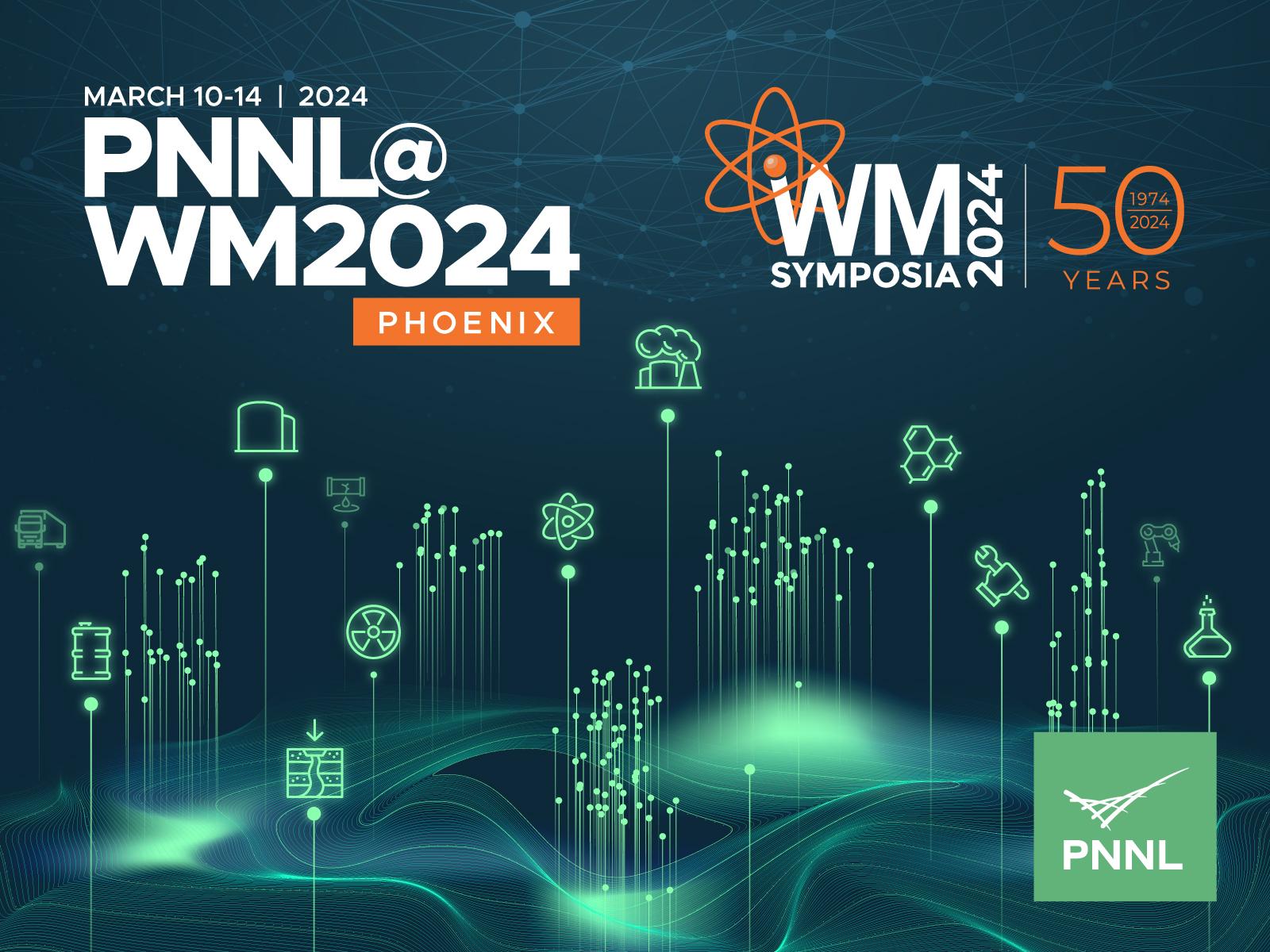
Jump to Environmental Management Presentations Jump to Nuclear Energy Presentations
Featured Event Activities
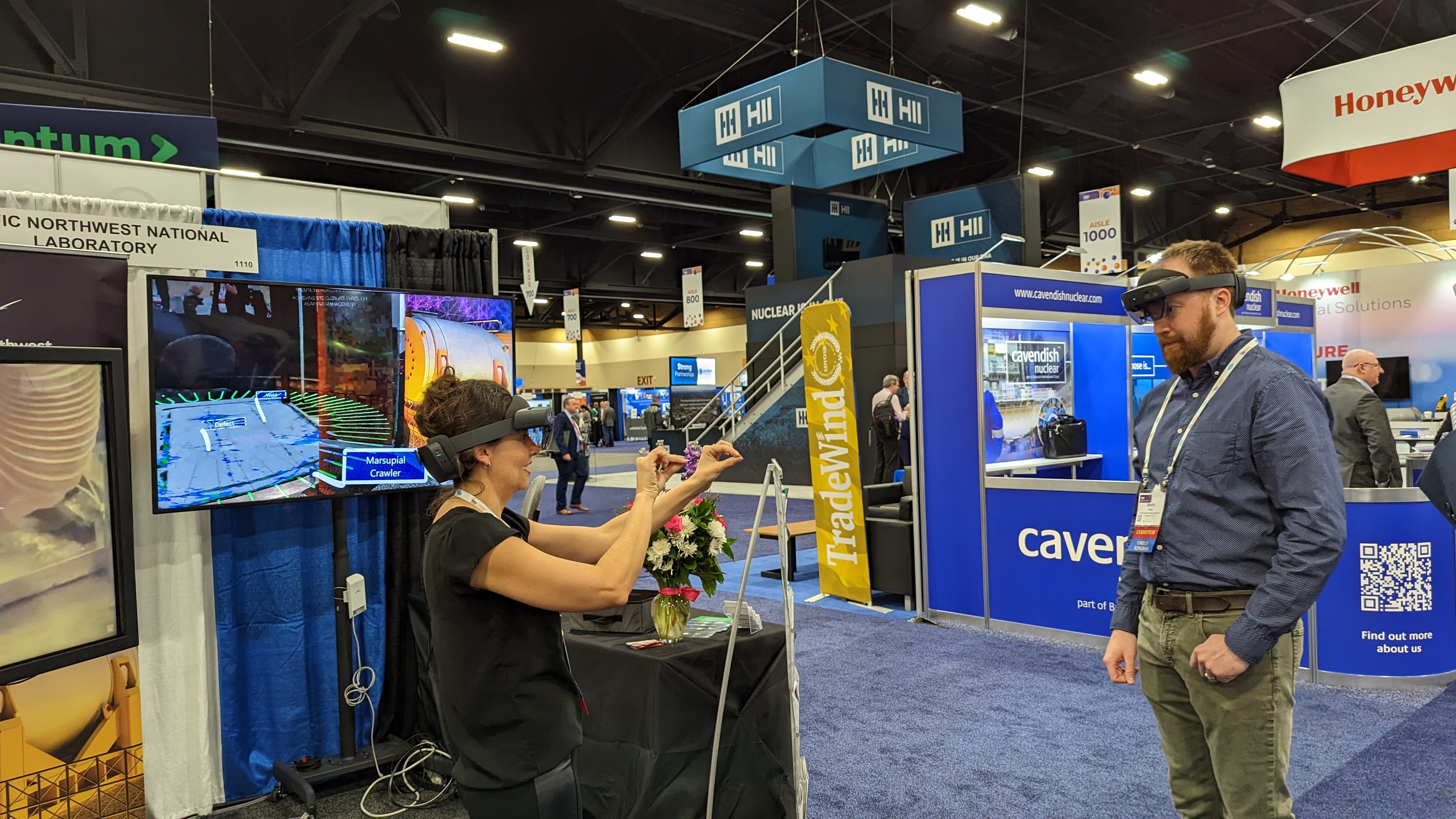
Augmented Reality Demonstration
Booth 1210
SUNDAY, MARCH 10 – WEDNESDAY, MARCH 13
Visitors to PNNL’s booth 1210 can choose from two augmented reality experiences: a demonstration of how new technologies will enable inspection of the bottom of the Hanford Site’s underground waste tanks for flaws or a visualization of electrical resistivity tomography monitoring of vadose zone soil flushing in the Hanford Site's 100-K Area.
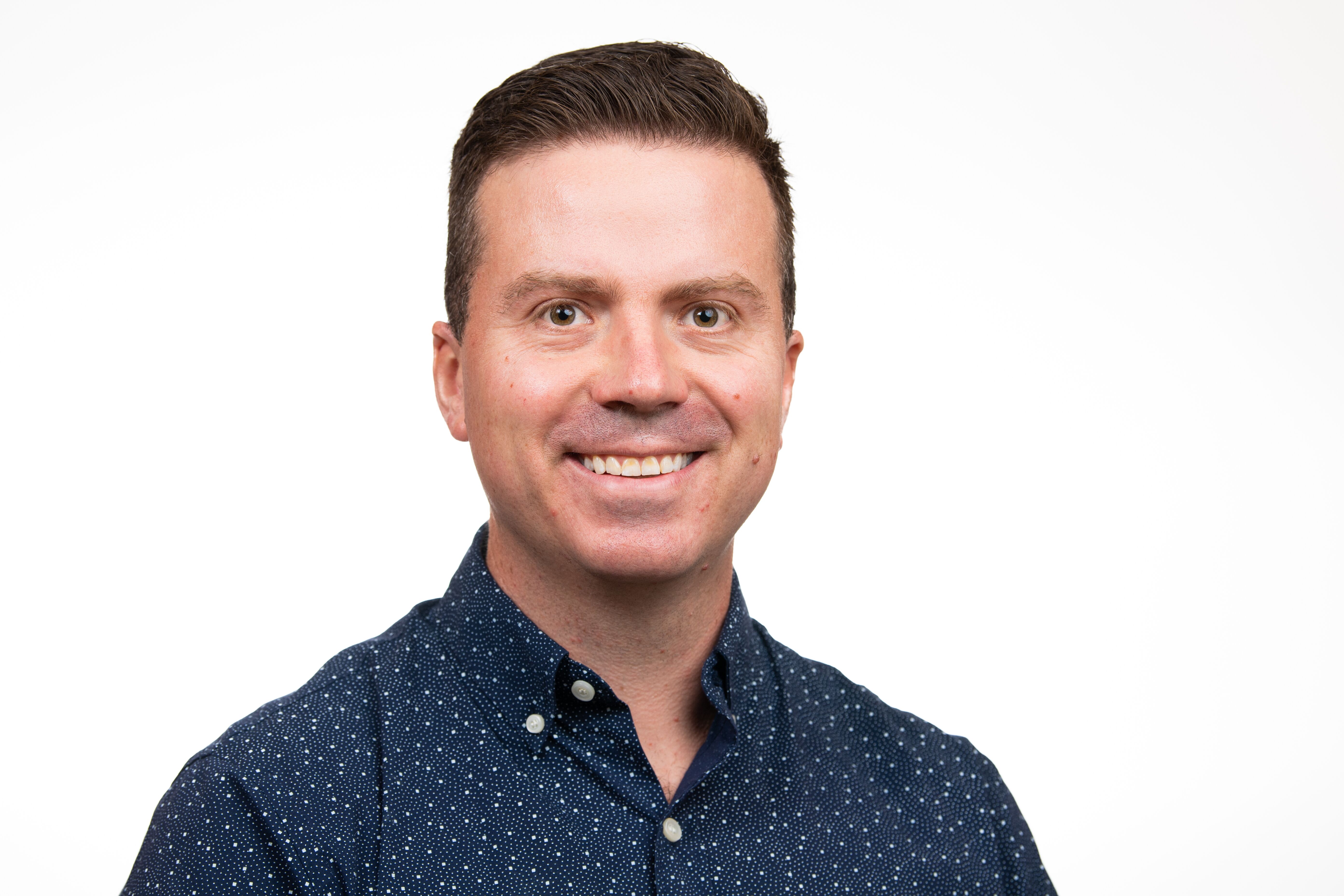
The Evolution of STEM: A Generational Perspective
Panel Discussion Featuring: Matthew Asmussen
MONDAY, MARCH 11
An educated workforce has always been a key foundation to accomplish our missions. But as our missions have evolved, the specifics for education have evolved as well. This is the first in a series of three panels that will review how science, technology, engineering, and math (STEM), have evolved over the past 50 years, what STEM may look like to support our industry’s future, and how we can get there. Educational curricula have evolved over time to meet the changing needs of industry as well as the perceptions of each generation. This panel will provide different generational perspectives and experiences, and explore how education and STEM education specifically, have evolved over the past 50 years.
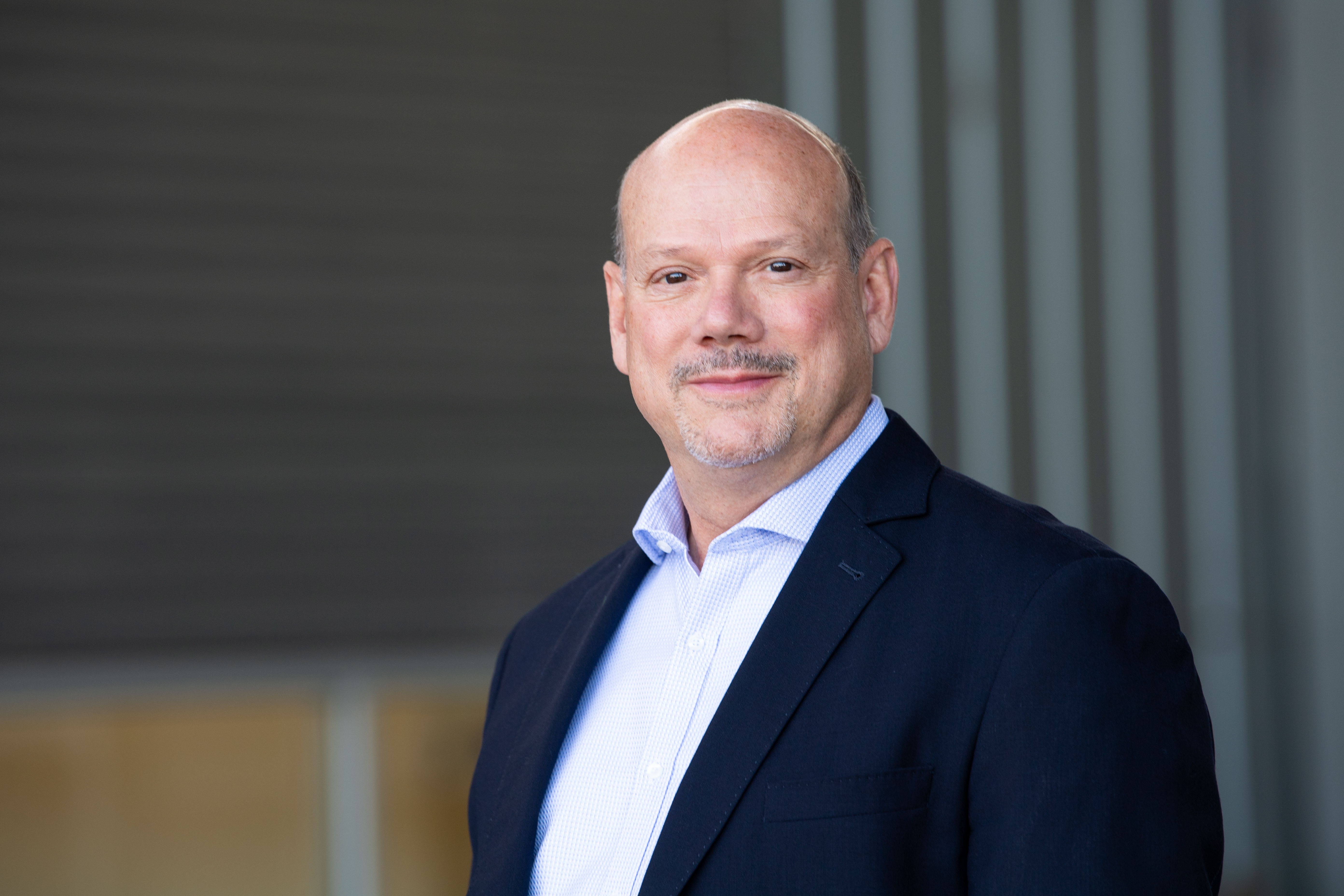
Safe, Secure, Efficient Operations
Panel Discussion Featuring: Joel Duling
TUESDAY, MARCH 12
This session is part of the Energy Facility Contractors Group (EFCOG) Strategic Priorities Panel. It will focus on the EFCOG Strategic Plan and actions to achieve the plan. The EFCGOF Strategic Plan was developed by the EFCOG Board of Directors last December with input from the stakeholders. EFCOG promotes excellence in all aspects of the operation, management, and integration of Department of Energy (DOE) facilities in a safe, environmentally sound, efficient, and cost-effective manner through the ongoing exchange of information on lessons learned.
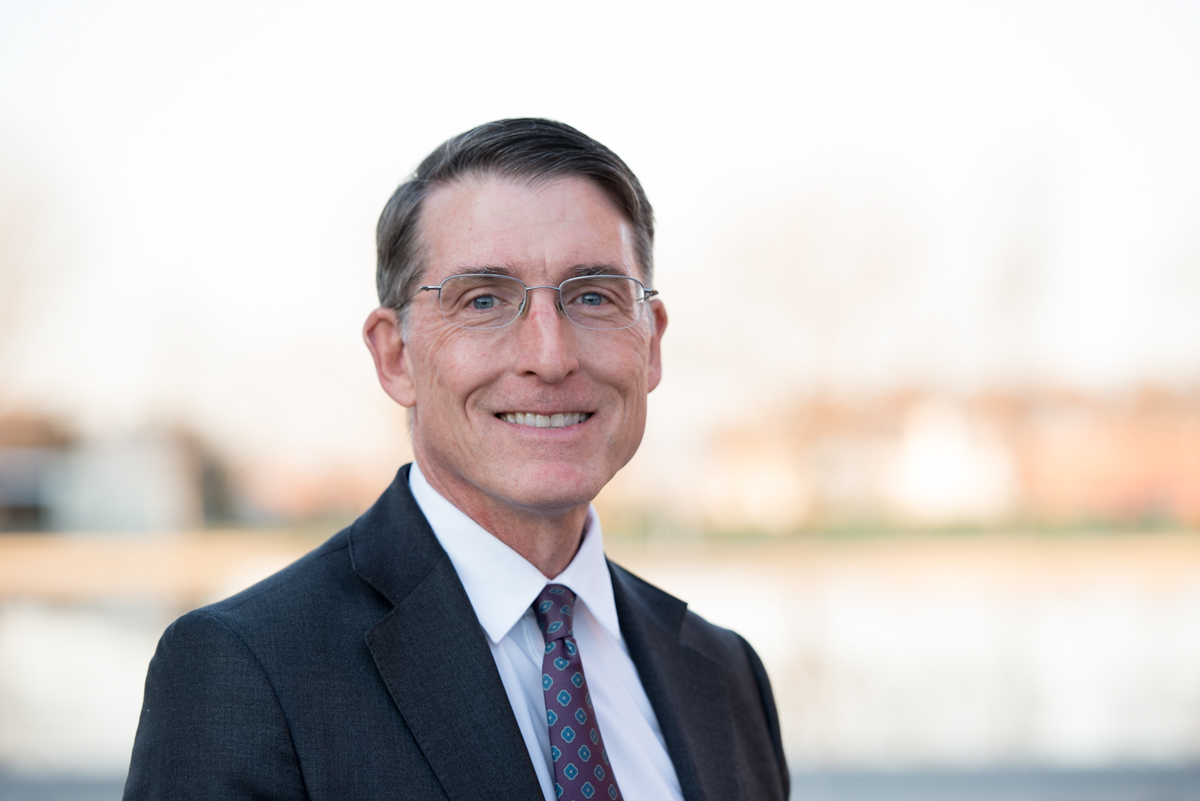
The Role of National Laboratories in Delivering Value Through National Missions
Panel Discussion Featuring: Jud Virden
WEDNESDAY, MARCH 13
This session will focus on US and non-US National Laboratories and their role in supporting nationally critical missions ranging from environmental restoration to clean energy, including how they are building skills and critical nuclear infrastructure for the future.
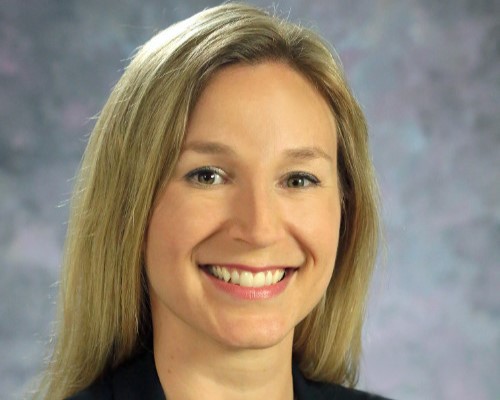
International Perspectives: Achieving Support and Consent-Based Programs for Waste Repositories—One Year Later
Panel Discussion Featuring: Miriam Juckett
THURSDAY, MARCH 14
This session focuses on providing international perspectives on consent-based programs and support for permanent nuclear waste geological repositories. The panelists will address lessons learned from Finland, the United Kingdom, Canada, and insights from International Atomic Energy Agency, as well as the ongoing efforts by the DOE on consent-based siting from a consortia awardee representative in a nuclear host community. Panel discussion topics will include what approaches have been the most successful and what lessons learned can be shared with countries striving to develop consent-based nuclear waste management facilities. The conversation will draw from discussions during last year’s WMS session and offer a “one year later” perspective.
Selected PNNL Environmental Management Presentations at WM2024

Tim Johnson
Track 7- 4D Electrical Resistivity Tomography Monitoring of Vadose Zone Soil Flushing at the Hanford 100-K Area Reactor Facility
MONDAY, MARCH 11
Summary: Real-time 3D time-lapse (i.e., 4D) electrical resistivity tomography (ERT) can be used for monitoring soil flushing operations at the 100-KE Area at the Hanford Site, where former operations resulted in a source of vadose zone hexavalent chromium and which is currently being treated to prevent contamination to the Columbia River. 3D ERT data was continuously collected, transferred to off-site, high-performance computing facilities, inverted to produce the 3D change in bulk electrical conductivity over time, and posted to an interactive website for 3D visualization. Images were produced every hour for the duration of the treatment, providing enhanced understanding of flush water flow pathways and treatment zone evolution in real time. We also discuss how the time-lapse ERT data is being used to inform flow and transport simulations for enhanced assessment of flush water migration over time.
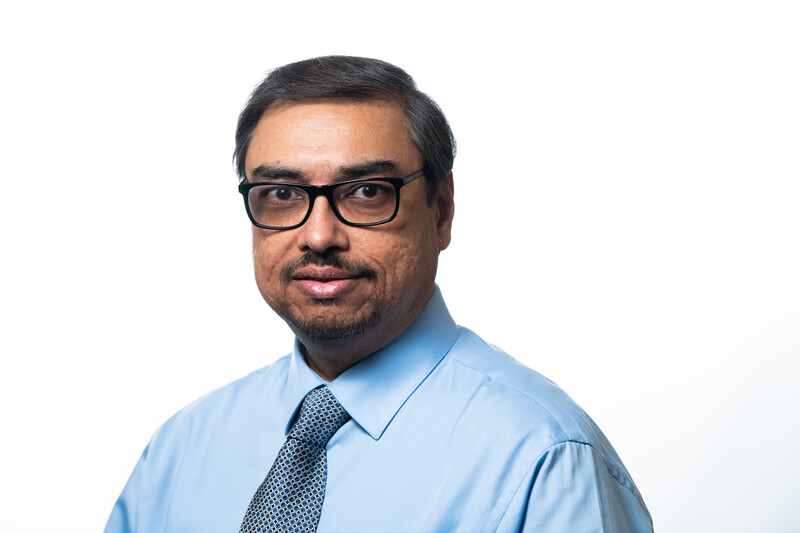
Rajiv Prasad
Track 7- Assessing Effects of Climate Change on Legacy Waste at the Enewetak Atoll
MONDAY, MARCH 11
Summary: The Runit Dome is a waste disposal site at the Enewetak Atoll in the Republic of Marshall Islands. Fallout from nuclear weapon tests contaminated the atoll islands, the lagoon, and ocean waters. This study evaluated the effects of climate change on expected doses to humans and biota. A regional climate model was employed to simulate historically severe storms, both in the present and future scenarios. Detailed ocean circulation and contaminant mobilization and transport models were used to estimate current and future radiation doses to humans and biota. A postulated failure of the Runit Dome was also considered in the assessment.
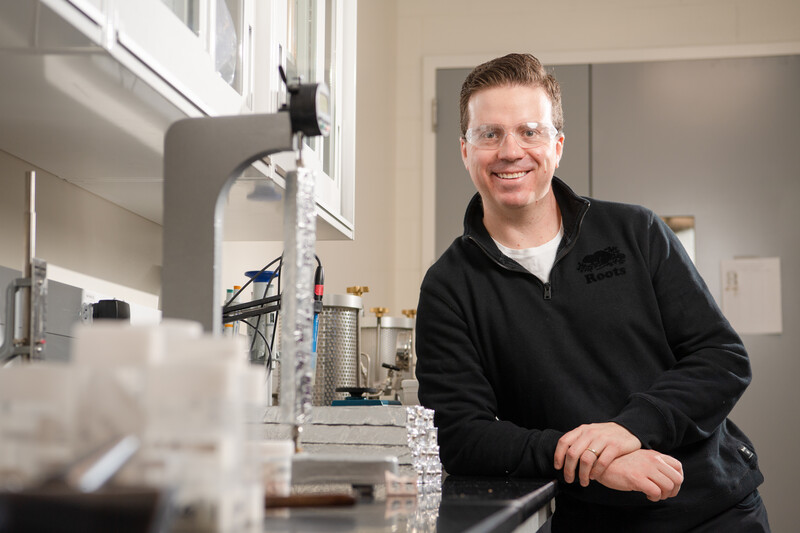
Matthew Asmussen
Track 3- Iodine and Technetium Removal from Hanford Low Activity Waste
TUESDAY, MARCH 12 – WEDNESDAY, MARCH 13
Summary: Disposal of supplemental low-activity waste (LAW) forms has been considered on site at Hanford at a shallow land disposal facility or at an off-site facility. Technetium and iodine are two key risk drivers for on-site disposal due to their long half-life and high environmental mobility. Removal of these radionuclides from LAW would improve the overall performance of a primary grouted LAW waste form at the disposal site. This presentation will cover efforts to demonstrate the simultaneous removal of Tc and I from actual Hanford waste for the first time using ion exchange resins (combined supernate from Hanford tanks AP-105 and AP-107). Candidate materials were evaluated for their capacity, uptake, and selectivity of Tc and I by batch contact and column testing. This work also involved identifying speciation of Tc and I and how it influences removal capacity.
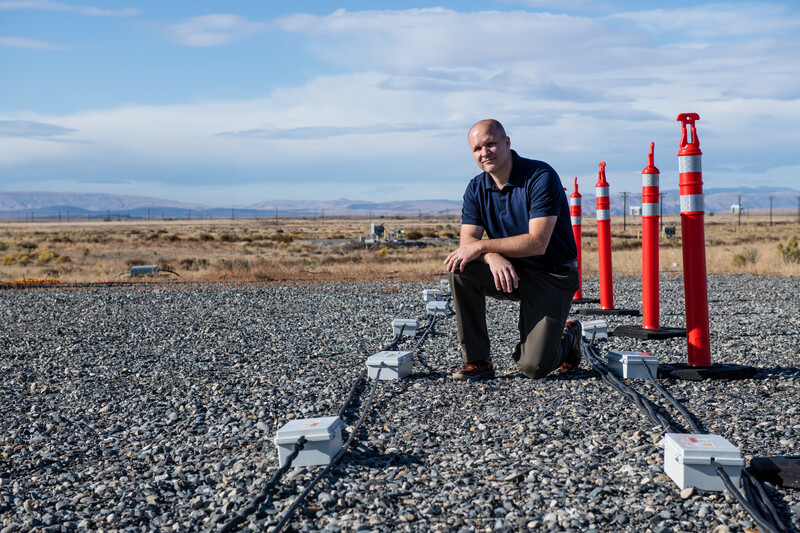
Tim Johnson
Track 7- Long-Term Performance Monitoring of the SRNL F-Area Basin 3 Cap Using Autonomous 2D Electrical Resistivity Difference
THURSDAY, MARCH 14
Summary: Engineered multi-layer covers are heavily utilized within the DOE legacy weapons complex to prevent or control downward transport of contaminants through unsaturated soils. Multi-layer covers, also referred to as caps or barriers, act as a barrier by reducing infiltration of surface moisture, thereby decreasing contaminant flux to the water table and downstream biological receptors. Long-term monitoring is necessary to assure that the covers provide the intended protection of human health and the environment. However, the spatial and temporal scales required to comprehensively assess barrier performance present significant technical and financial challenges using point-based and/or non-automated monitoring approaches. ERT monitoring may address these challenges by providing remote, autonomous, and spatially comprehensive long-term monitoring of cover performance. In this presentation, we discuss the demonstration and evaluation of ERT as a remote, autonomous sensing tool for continuously monitoring barrier integrity.
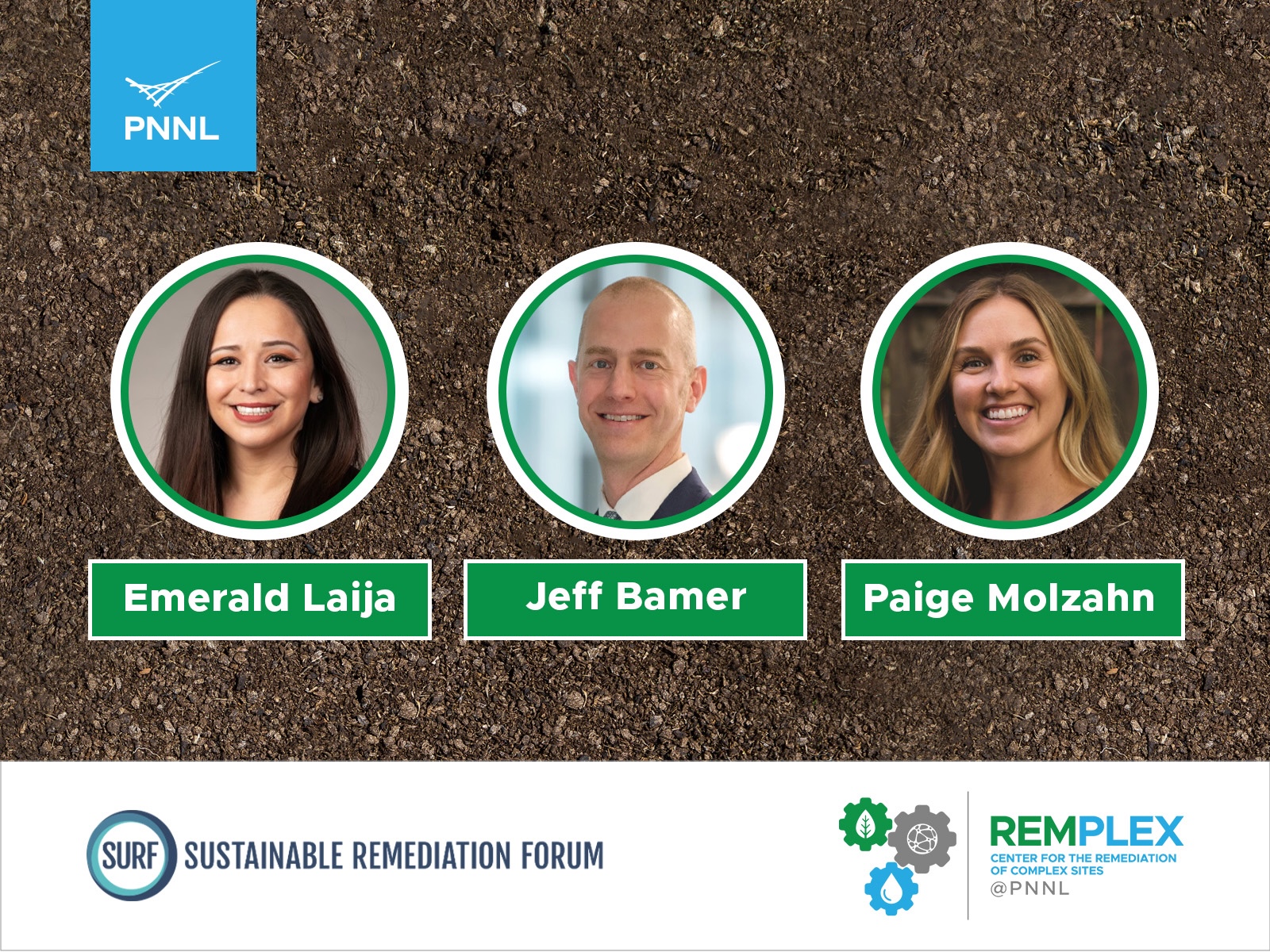
Deep Vadose Zone Program
PNNL leads the Deep Vadose Zone program for the DOE’s Richland Operation Office. The program provides technical expertise and research needed for solutions to remediation challenges in the deep vadose zone. Presentations at 2024 WM2024 related to DVZ include the following:
MONDAY, MARCH 11
- Reduction and Sequestration Remediation Technologies Utilizing Phosphate for Hanford Site Saturated Zones, Track 7, Hilary Emerson
- Subsurface Sequestration of Technetium and Uranium Using Sn(II) Apatite, Track 7, Amanda Lawter
- Monitoring Subsurface Plumes in the Vadose Zone at the Hanford Site Using Time-Lapse Surface Electrical Resistivity, Track 7, Judy Robinson
WEDNESDAY, MARCH 13
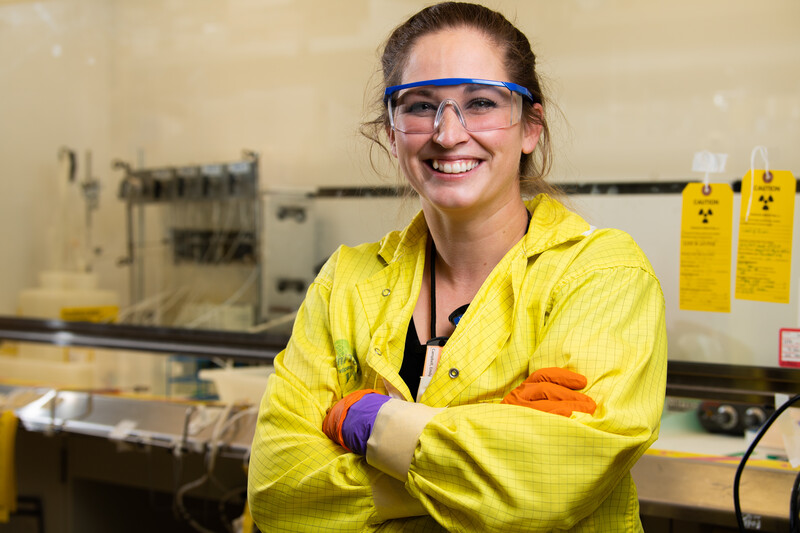
Tank Waste Treatment
Presentations at WM2024 related to tank waste treatment include the following:
TUESDAY, MARCH 12
- Strontium Batch Contact Results with Crystalline Silicotitanate in Hanford Tank Waste and Hanford Waste Simulants, Track 2, Emily Campbell
- Filtration Results of Hanford Tank 241-AP-105 and 241-SY-101 Supernatant at 16 °C, Track 2, Jarrod Allred
- Laboratory-Scale Melter Systems for Simulated and Real Tank Waste, Track 2, Jesse Lang
- Aluminum Solubility, Speciation, and Reactivity Under Low Water Conditions in Radioactive Tank Waste at Hanford, Track 2, Carolyn Pearce
- Phosphate and Fluoride Dissolution Processing of HLW Sludges, Track 2, Amy Westesen
Selected PNNL Nuclear Energy Presentations at WM2024
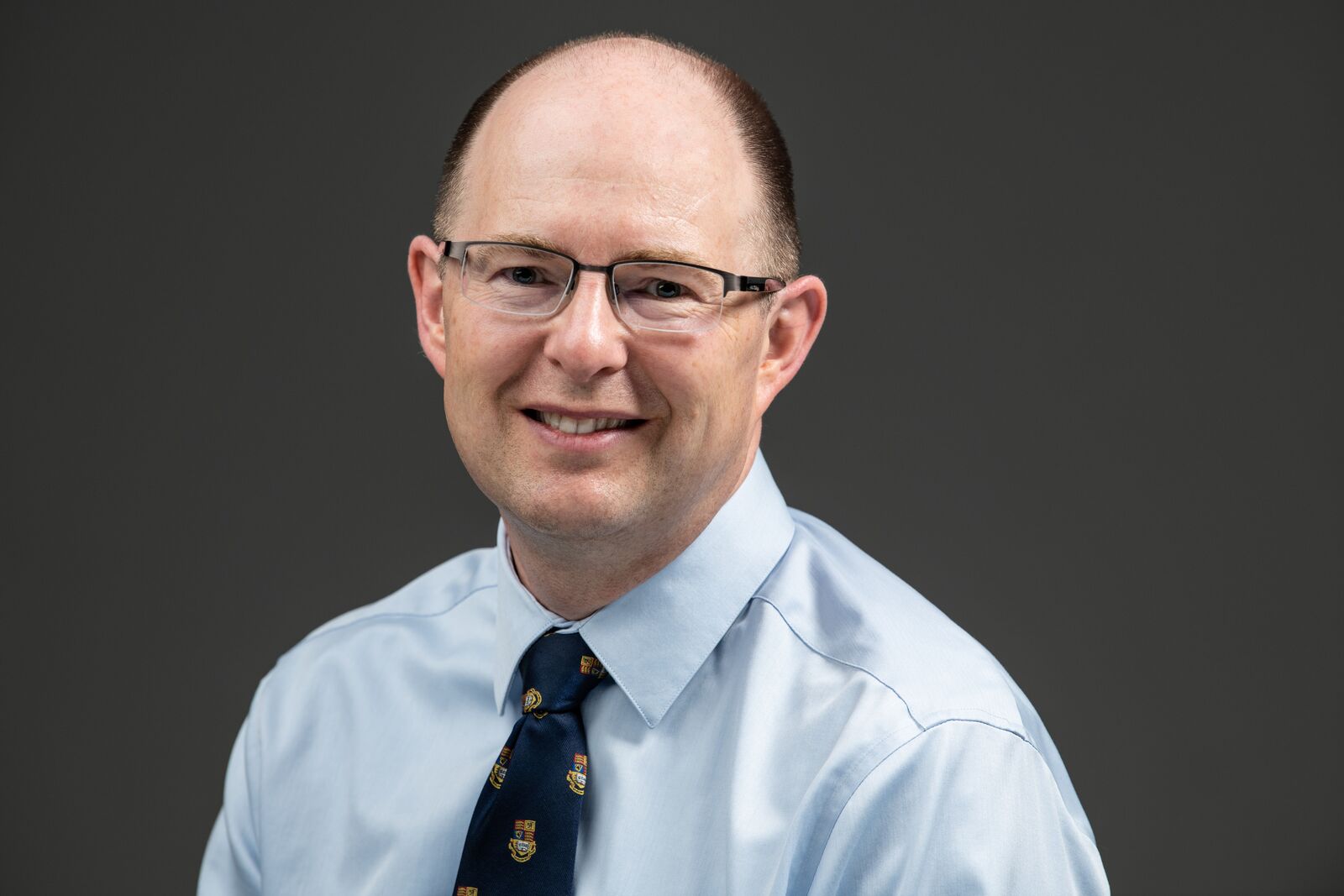
Stuart Arm
Track 2- Evaluation of Technologies Applicable to Fragmenting the Graphite Moderator of TRISO Spent Nuclear Fuel
MONDAY, MARCH 11
Summary: High-temperature, gas-cooled reactors hold promise for several applications (e.g., hydrogen production and process heat generation) in addition to electricity generation. These reactors achieve their high temperatures in part by the fuel’s enhanced mechanical integrity and in containing fission products. The fuel’s integrity is proffered by coating individual fuel particles in layers of pyrolytic carbon and silicon carbide. The fuel and its graphite moderator are integrated into a single matrix. The work described in this paper has evaluated the technical maturity of technologies studied for fragmenting the graphite to facilitate separation of the TRISO fuel particles for separate disposal or actinide recovery.
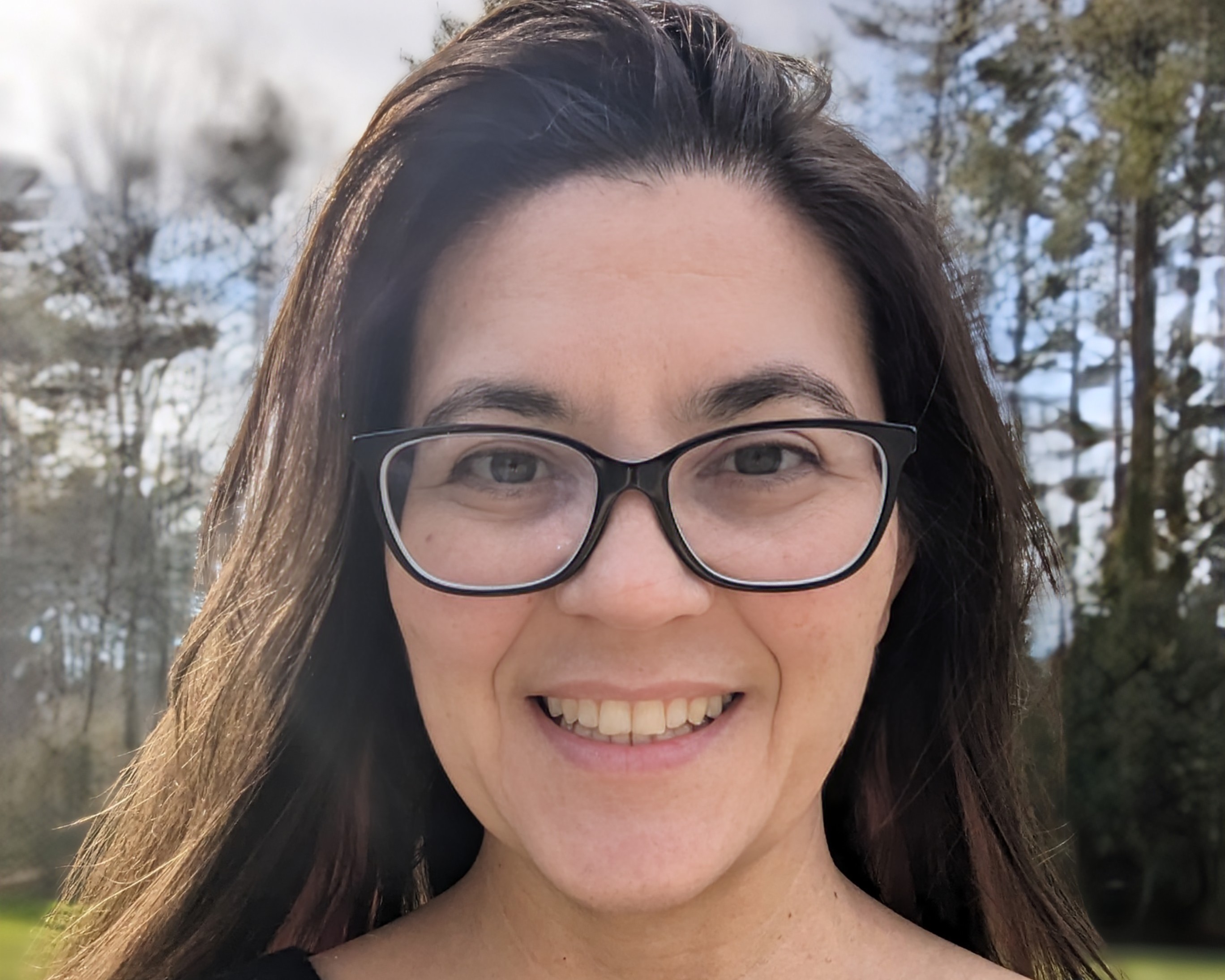
Veronica Wilson
Track 2- Calculation Method for Dose Beyond the Controlled Area of a Large Spent Nuclear Fuel Dry Storage Array Using SCALE
MONDAY, MARCH 11
Summary: A consolidated interim storage facility (CISF) could be used to store tens of thousands of metric tons of spent nuclear fuel (SNF) discharged from commercial nuclear power reactors using various cask designs. A CISF designed in the United States must comply with the regulatory requirements in Title 10 of the Code of Federal Regulations Part 72 [1], including requirements for annual dose limits applicable to real individuals located beyond the area controlled by the nuclear facility licensee. These requirements include a dose limit of 25 mrem/year from a combination of effluents and direct radiation from operations as well as any other uranium fuel cycle operations in the region. This paper focuses on calculating direct radiation from CISF operations.
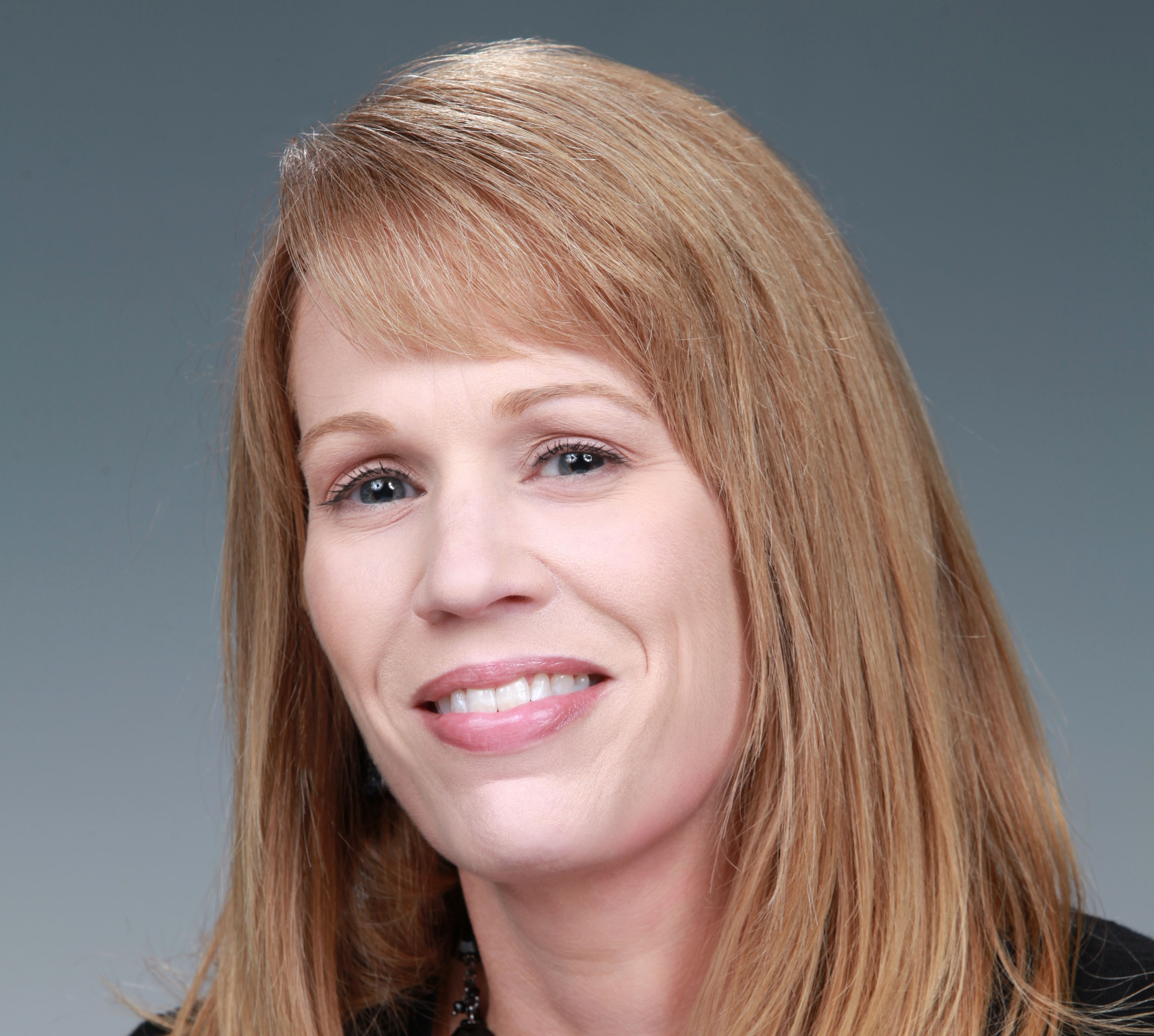
Laura Hay
Track 5- Development of a Functions and Requirements Document for a SNF Transportation Package Performance Demonstration
TUESDAY, MARCH 12
Summary: In 2021, the DOE restarted consent-based siting activities focused on siting a federal consolidated interim storage facility or facilities for commercial SNF. The availability of one or more facilities will result in large-scale transportation of commercial SNF from over 70 commercial reactor sites around the US to the storage facility or facilities. As planning activities begin for the future large-scale shipping campaigns, the DOE is considering options for conducting a package performance demonstration to help build public trust and confidence in the safety of SNF transportation casks and SNF transportation by rail.
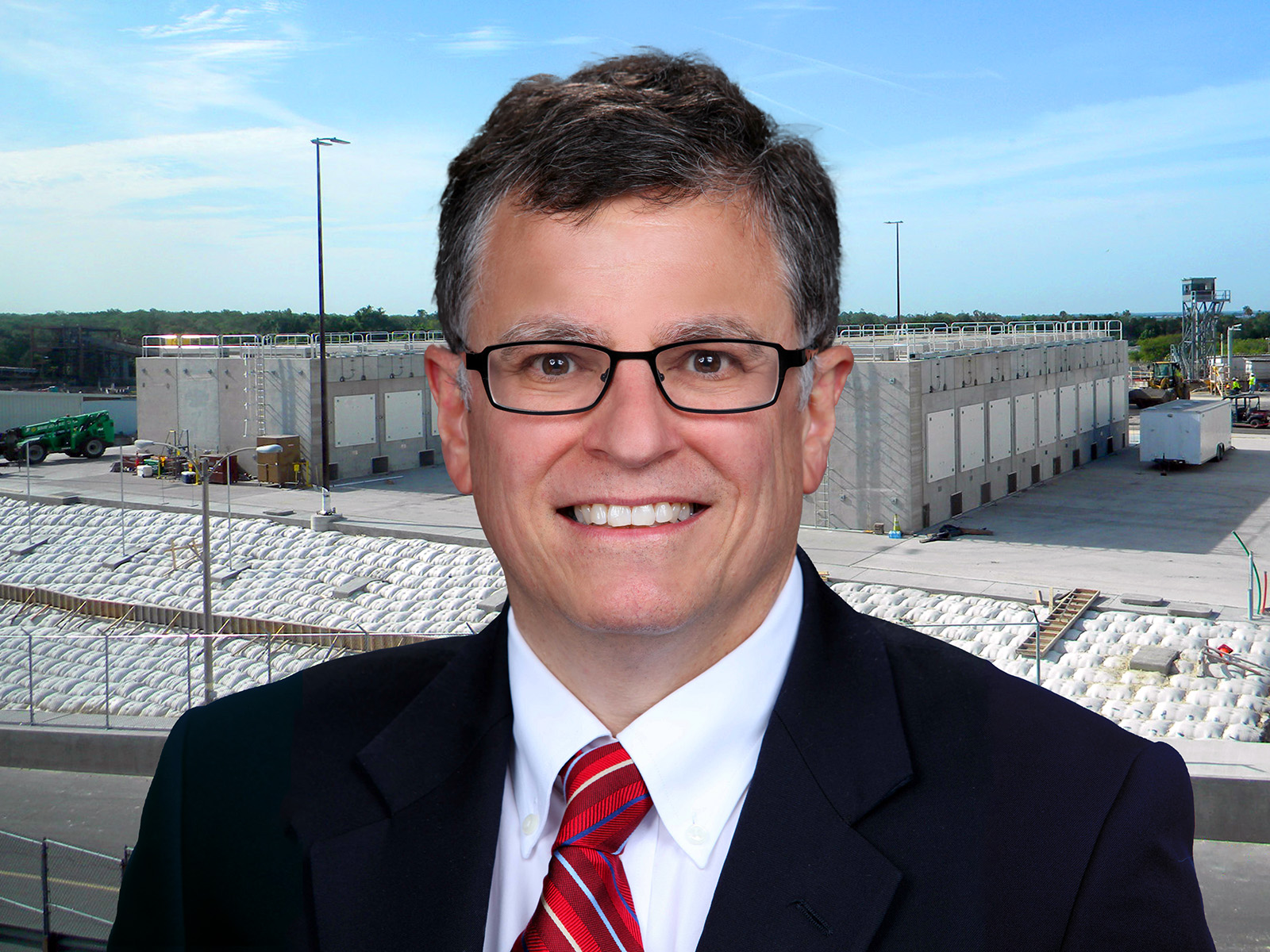
Steven Maheras
Track 5 Panel Discussion- Transport of Unirradiated and Irradiated Advanced Reactor Fuels
WEDNESDAY, MARCH 13
Summary: Maheras joins a panel session focused on safety, security, and safeguards in transportation/packaging. As the nuclear industry grows worldwide and becomes more diverse with the advent of advanced nuclear reactor fuel cycles, synergies and conflicts during interactions and interfaces of safety, security, and safeguards become increasingly important for operational effectiveness and efficiency. This is true for nuclear packaging and transportation of new fuels, in particular, which is the most vulnerable link in the nuclear fuel cycle. Underlying the disciplines of nuclear safety, security, and safeguards is the development of nuclear culture for each discipline. Private industry and the International Atomic Energy Agency have begun the process of developing and issuing nuclear culture guidelines and recommendations.
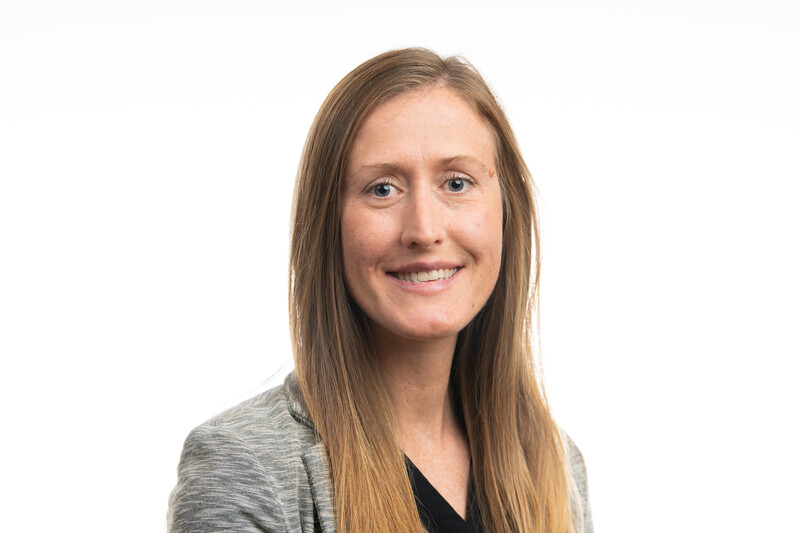
Ennea Fairchild-Grant
Track 8- Community-Scale Stakeholder Interviews in Support of Consent-Based Siting: In-Progress Results
THURSDAY, MARCH 14
Summary: Researchers contacted individuals from six community-scale stakeholder groups across 80 counties, identified through a stratified random sample, to participate in interviews. The six stakeholder groups include: community organizations, local government, landowners, workforce/industry, first responders, and religious organizations. This paper presents the preliminary findings, including differences among stakeholder groups and stakeholders’ definitions of their community, understandings of consent (i.e., methods of consent, who consents, and definitions of consent), community values and needs, experiences with community engagement (e.g., how communities make decisions, barriers to decision-making), perceived incentives and benefits of hosting a CISF, risks and drawbacks of hosting a CISF, trust in different entities, and information needs about a potential CISF.
PNNL Speaker Schedule
See the full list of PNNL panelists, presentations, and posters, arranged by track:
Overview of PNNL support to Hanford Site
PNNL Lab Director Steve Ashby describes PNNL's science and technology support to Hanford Site cleanup. Read his column here.
Careers at PNNL
If you’re looking for a career in nuclear sciences at PNNL, check out our current openings: